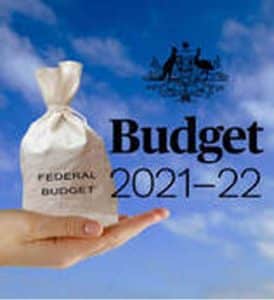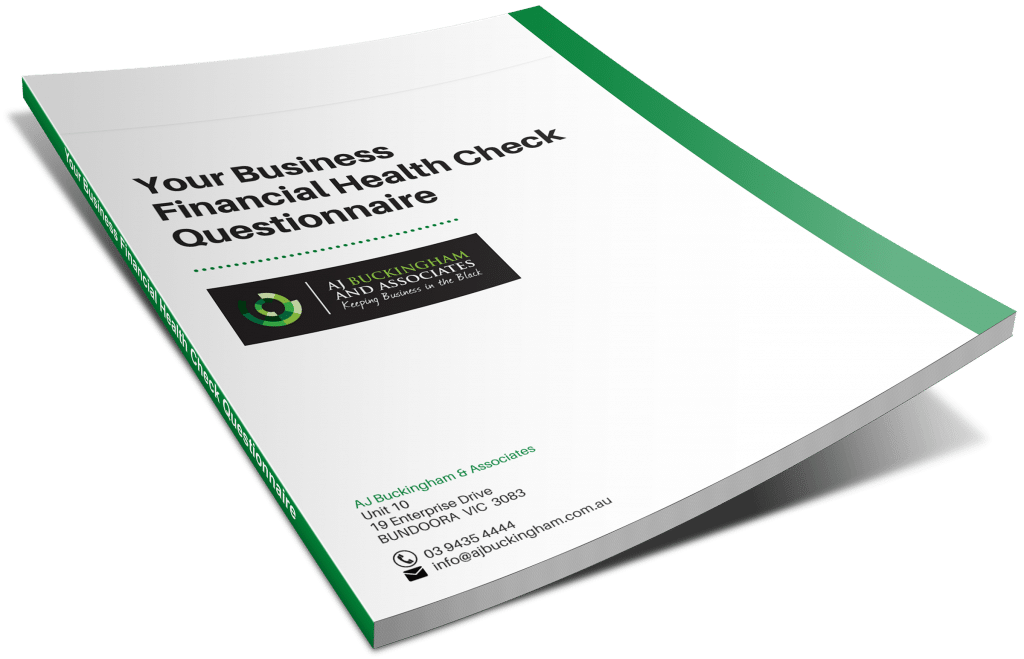Last month the Treasurer Josh Frydenberg released the Federal Budget and the focus is on economic recovery and investment to support job creation to drive economic growth.

The Treasurer announced an expected deficit of $161 billion, $36.7 billion lower than the $197.7 billion estimated in the Government’s December Mid-Year Economic and Fiscal Outlook (MYEFO) which suggests our economy is recovering at a much faster rate than expected.
Australia’s GDP growth is expected to come in at 1.25 per cent this financial year and while some sectors such as recreation and personal service businesses have returned to operating at pre-COVID levels, other sectors impacted by the ongoing border closure face significant challenges.
With Australia’s borders unlikely to re-open until at least mid-2022, immigration and international tourism are still off the agenda, as are most international student arrivals. Immigration and international students are important, not only for the industries and businesses they support through their spending, but they also supply labour in many industry sectors.

Much of the spending in this Federal Budget is focused on short-term measures for continued economic recovery to get the unemployment rate below 5 per cent.
The focus is on large spending on infrastructure and targeted support for industries that will continue to suffer while our borders remain closed.
Some of the key measures announced in the Budget include:
- 12-month extension of the temporary full expensing measures (instant asset write off) introduced in the 2020/21 budget to allow a deduction for the full cost of eligible depreciating assets (first used or installed ready for use) for entities with aggregated turnover of less than $5 billion.
- 12-month extension of the Loss Carry-Back Offset introduced in the 2020/21 Budget, allowing corporate entities to carry back tax losses for the 2022/23 income tax year for up to four income years.
- $15 billion in additional infrastructure commitments including a new intermodal terminal in Melbourne and a new airport in NSW.
- A range of welfare spending initiatives, including $13.2 billion allocated to the National Disability Insurance Scheme and $17.7 billion for new aged care funding.
- Consumption stimulus through the extension of the low and middle-income tax offset (LITMO) for a further year.
- A $1.7 billion investment in childcare to drive workforce participation and women’s economic security.
We have summarised some of the key budget announcements – Click on the buttons below to read more on each topic:

